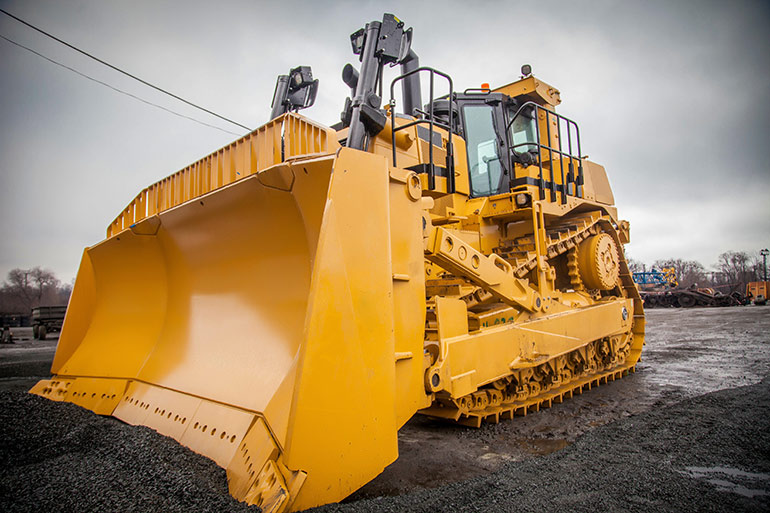By Josh Cosford, Contributing Editor
Moore’s Law states that the number of transistors in a microchip doubles every two years, increasing computing power exponentially over time. It seems no other technology experiences such a rapid progression, especially considering how relatively young the semiconductor industry is. Fluid power provides us with no such rate of performance increase; in fact, some may argue that the most recent hydraulic advancements are provided through electronic integration.

In defense of hydraulics, our venerable industry is vastly older than electronics or consumer-harnessed electricity. Although the rate of advance has been admittedly slow, the sheer scale of time brought us from what was likely only a couple hundred psi to the 6,000 psi used in many construction machines.
If you’re familiar with hydraulics, you know 6,000 psi is nothing to sneeze at. Sure, specialty hydraulics, including high-pressure hand tools, run at 10,000 psi all day long, but not at the velocity and power level of dozers, loaders and excavators. Some of this machinery is already tens or hundreds of thousands of pounds, so unnecessarily large actuators needlessly increase weight. This is why hydraulics perfectly suit mobile machinery because the power density allows for compact actuators capable of colossal force.
But if 6,000 psi allows a 50-ton machine to move like a dancer while it demolishes old apartment buildings, why not bump pressure up to 12,000 psi and take the weight savings advantage of a smaller actuator? Indeed, you could downsize your 4-in. bore cylinder to 2.5-in. bore or run a piston motor of half the size to create the same torque. But is it really that easy to just turn up the pressure?
As you guessed, it’s not that simple. Manufacturing pumps, actuators and valves to operate at such high pressure requires specialized engineering, materials and sealing technology. 10,000 psi can definitely be done, but the expense isn’t worth it. If you start looking at materials, the off-the-shelf mild steel simply does not have the strength to withstand both the extreme pressure and the mechanical forces subjected to actuators running that pressure. Remember, a given actuator with double the pressure creates (and is subject to) double the force.
The expensive heat and surface-treated ultra-high strength steel isn’t always an option for even the most expensive hydraulic machine, so simply adding a couple of inches bore to a cylinder is the more reasonable option. Also, extreme pressure requires precise and tight clearances to prevent excessive leakage related to more force potential in the fluid. That same force potential makes these high-pressure hydraulics more contamination-sensitive as particles move through gaps with more vigor.
Sealing also becomes a problem at high pressure, primarily because of the relatively high velocity of mobile hydraulic actuators. High-pressure tools run high pressure but also move at glacial speed, but productivity is paramount for mobile machinery, which requires high-velocity sealing technology. High-velocity seals moving under high pressure are difficult to protect from extrusion. Clearances must be extremely tight to prevent such extrusion, so the precision with which pistons, barrels and parts are machined makes for an expensive and time-intensive process.
As material, sealing and design technology improve, the pressure used in hydraulics will continue to creep upward. Perhaps hydraulic components designed with artificial intelligence will result in a drastic jump, but as it stands, the cost to provide consumers with 10,000 psi machines is simply too high to justify.
Filed Under: Mobile Hydraulic Tips, Trending